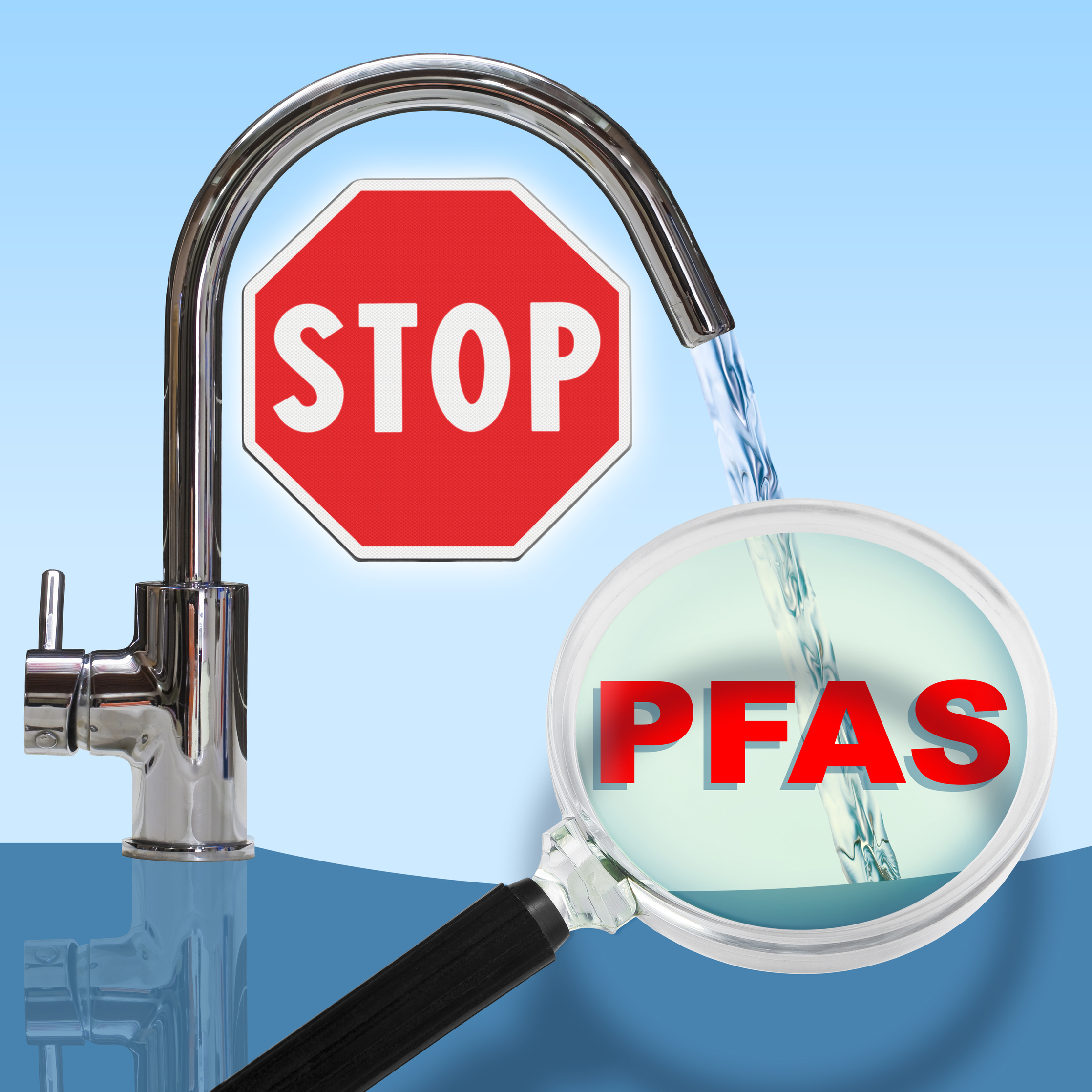PFAS contamination stems from per- and polyfluoroalkyl substances seeping into water sources due to their widespread use in industrial and commercial applications. Their remarkable persistence and resistance to degradation enable them to accumulate in the environment, particularly in water sources. Exposure to PFAS-contaminated water can occur through various routes, including drinking contaminated water, consuming contaminated food, and using products containing PFAS. Understanding the sources and pathways of PFAS contamination is crucial for addressing and preventing further exposure to these contaminants. Of paramount concern are the potential health impacts of PFAS on humans. Efforts to combat PFAS pollution involve implementing regulations that restrict their use and conducting cleanup initiatives in affected areas. By consciously avoiding products containing these chemicals and opting for safer alternatives, individuals can significantly reduce their exposure to PFAS. Personal actions play a vital role in this collective endeavor toward creating a cleaner and healthier environment for all through education and proactive measures against PFAS pollution.
- Home
- About Us
- Services
- Capabilities
- Products
- Resources
- Blog
- Contact
- Our Partners
- American Water Works Association
- Brooks & Associates, Inc.
- DHP Training
- International Desalination Association IDA
- Water Surplus
- WefTec
- Haynes Equipment
- Eshelman Company-Sales Rep-Tennessee & Alabama
- Trippensee Shaw - Sales Rep-Florida
- Solberg Knowles & Associates
- General Pump & Equipment-Sales Rep-Mississippi
- Business Opportunities







